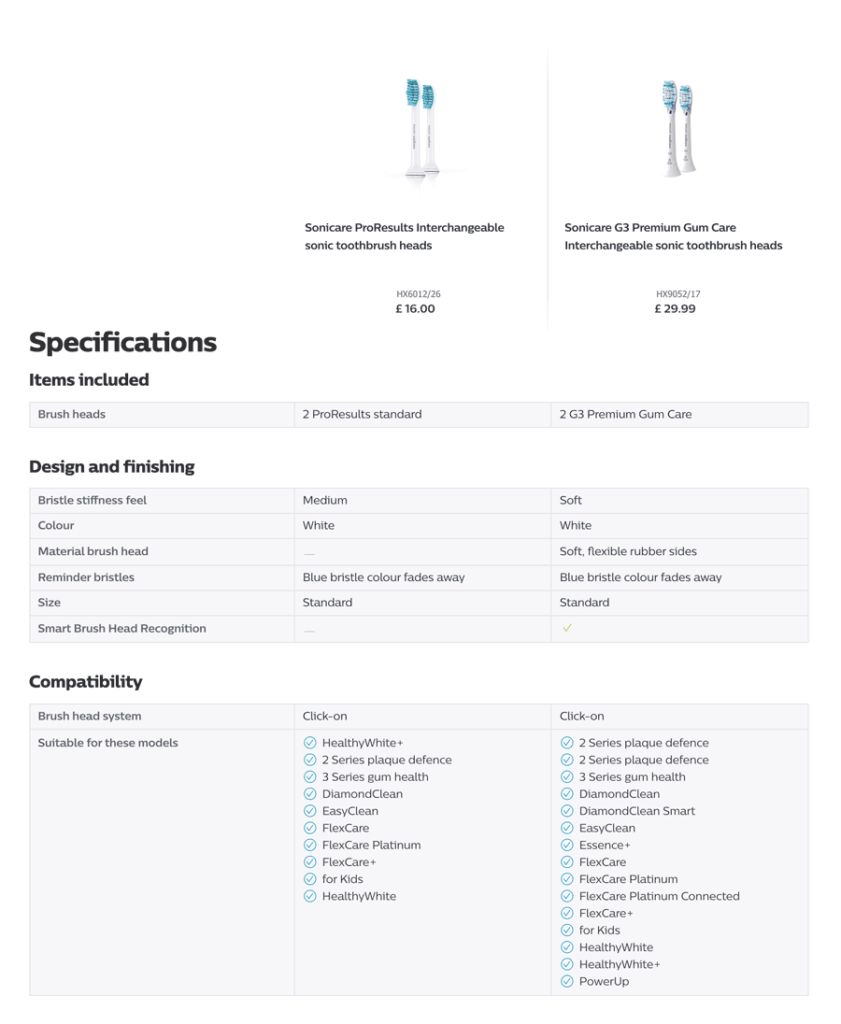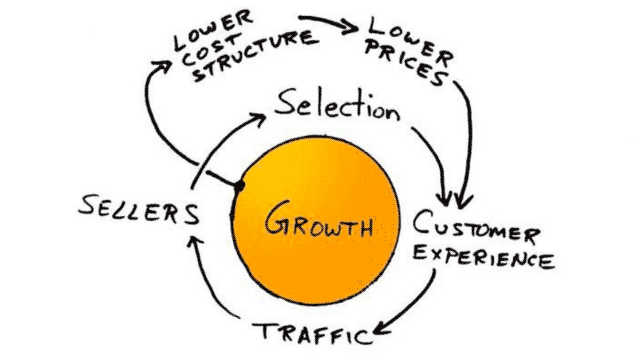Looking for ways to improve your profitability on Amazon? Increasing your Average Selling Price (ASP) may be the most effective way to do it.
The ASP is the average amount of money a company makes with each sale. In other words, it’s the total revenue divided by the number of items sold in any given time period.
Increasing the ASP leads to better margins, as the costs for sourcing and selling products decrease proportionally. However, increasing the ASP does not require brands to increase the prices of their existing offers.
Don’t believe me?
Here are five proven strategies:
- Launch premium products
- Introduce larger pack sizes
- Create value bundles
- Change your portfolio mix
- Delist low ASP items
1. Launch premium products
First off, brands that have established themselves in a niche should consider launching premium versions of their top-selling products.
These products are offered at a higher sales price to customers and typically complement the existing range.
Their success is determined by the existence of a strong value proposition that appeals to the customer so much that they are willing to spend more than usual for this type of item.
A classic example of a premium product is toothbrush heads. They all clean teeth, but some brands have found ways to create value propositions that allow them to charge a premium.
Look at the example of Philips below, introducing alternative materials to its Sonicare range. It advertises a softer brushing experience as a result, for which it commands an 87% price markup.

2. Introduce larger pack sizes
If the premium route feels like something you would rather approach in the more distant future, you may want to evaluate introducing larger pack sizes to your existing range instead.
This strategy is pretty straightforward if you sell consumer goods – simply review your top-selling range and work with your suppliers/manufacturers to create larger pack sizes of them.
For example, besides selling a 200g pack of soap, you could also launch a 300g or even 500g version. Or, in addition to a 200g chocolate bar, you could sell an 800g version of it.
The introduction of larger pack sizes typically increases the average selling price of your portfolio, while reducing variable costs due to economies of scale.
If you search Amazon’s product catalogue, you will find all sorts of everyday products available in large pack sizes. Just look at this 54-roll toilet paper pack, which guarantees you won’t run out of their tissues anytime soon.

3. Create value bundles
Another way to increase your average selling price on Amazon is to introduce Value Bundles. These consist of two or more items that are otherwise sold separately.
Value bundles are particularly interesting for brands selling complementary or refillable products, as they serve to upsell new and existing customers.
They also resonate with brands selling in highly competitive markets, as bundles offer the opportunity to differentiate their offerings from those of the competition.
Related: The Complete Guide to Ecommerce CX
As with the launch of premium offerings, product bundles must appeal to consumers with a strong value proposition. This can be achieved by anticipating customer needs and serving them immediately.
Take the example of Gilette’s blade razor. They have bundled the core product together with eleven refill blades, saving customers the hassle of figuring out the correct blade type themselves. In return, they can demand a much higher and more profitable price point.

Value bundles can also be created between brands of different companies. For example, German kitchen appliance manufacturer Krups recently teamed up with Nestlē to offer their coffee capsules together with their coffee machine at a much higher, yet competitive price point.

4. Change your portfolio mix
This might come as a surprise, but increasing a brand’s Amazon ASP doesn’t require the launch of new products, bundles or pack sizes. It can also be achieved by changing the existing portfolio mix.
The process is fairly simple: brands have to first select products with above-average selling prices in their portfolio. Then, marketing and sales efforts are focused on the identified products.
Take a look at the below table. Brand X sells four products, each at a different price point. Products C and D come with the highest ASP.
| Brand X | Sales | ASP |
|---|---|---|
| Product A | $50,000 | $10 |
| Product B | $25,000 | $5 |
| Product C | $20,000 | $15 |
| Product D | $15,000 | $12.5 |
| Total | $110,000 | $10.1 |
If Brand X manages to grow products C and D faster than its low-ASP listings A and B, the weighted average selling price increases by $0.69 in our example:
| Brand X | Sales | ASP |
|---|---|---|
| Product A | $50,000 | $10 |
| Product C | $35,000 | $15 |
| Product B | $25,000 | $5 |
| Product D | $22,000 | $12.5 |
| Total | $132,000 | $10.8 |
This increase can be attributed to a mix effect: the number of units shipped of a product with a higher sales price has increased in proportion to the shipped units of products with a lower price point.
Related: 10 Highly Effective Strategies to Grow Your Sales (Fast)
5. Delist low ASP items
Removing products from the Amazon marketplace? You read that right. Although Amazon strives to be the “everything shop”, that doesn’t mean you have to sell products at a loss.
Amazon’s flywheel concept roots in having a wide selection available, resulting in growth and thereby lower cost structures.

There’s only one problem: Amazon removes permanently unprofitable selection from its portfolio all the time. Their systems will initially request funds to keep affected items active, but if they continue to cause losses, they will eventually be removed.
So it only makes sense that brands also review their listings from time to time. If products under $10 don’t return you a healthy profit margin and aren’t key to attracting new and existing customers, you should consider de-listing them.
Alternatively, you can create bundles that offer customers additional value and focus your marketing efforts on these more profitable items. Now that you have read this article, you know exactly how to do this.
Related: How to Design a Profitable Amazon Portfolio Strategy
Final thoughts
Growing your ASP can be difficult if you don’t know where to start. I hope the above tips have helped you uncover proven ways to begin this journey.
Remember: Increasing your average selling price is just one way to improve your margins with Amazon. In fact, there are many other ways to do it.
Once you’ve assessed the above steps, I suggest you also read through the following resources:
- How to Increase Your Vendor Margins on Amazon – This article highlights seven proven strategies to increase your Amazon profits.
- How to Negotiate Vendor Terms with Amazon – Insights on how to negotiate your Amazon terms without losing your shirt.
- Profit Margins: Definition, Formulas and Examples – Learn everything you need to know about the concept of profit margins.
If you found value in today’s article, please share it on LinkedIn.
Need help raising your ASP with Amazon?
If you want straightforward advice on how to improve your ASP on Amazon, get in touch. I offer tailored consulting services that will uncover your true bottom-line potential.

